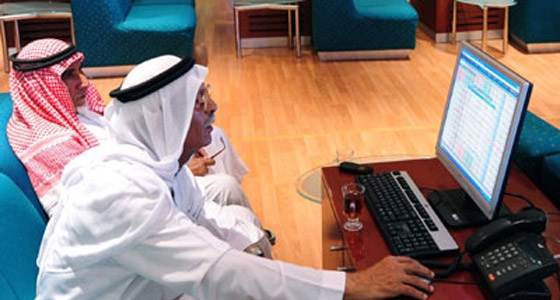Fitch Ratings says an expansionary 2013 budget based on a conservative oil price will support another year of healthy economic growth for Saudi Arabia and a further strengthening of the sovereign's net creditor position. However, overall growth will slow due to a decline in oil production that was already evident in recent months.
The FY13 budget unveiled on Dec. 29 projects record spending of $ 219 billion (34 percent of GDP), up by almost 20 percent on the 2012 budget. Budgeted capital spending is 28 percent higher than in 2012, though the government has struggled to achieve its capital spending targets in recent years. Education and health care remain the focus of spending, accounting for 37 percent of the total. Defense and security tends to be the largest single item, constituting around one-third, but is not disclosed in the budget.
Revenues are based on unstated oil price and production assumptions, with the former well below prevailing market prices. An 18 percent jump in revenues is projected. With no new revenue-raising measures announced and little scope for higher oil revenues , the revenue projection appears less cautious than usual. However, actual revenues generally substantially exceed budget revenues (by an average of 82 percent over the past five years) and should do so again in 2013.
A $ 2.4 billion (0.4 percent of GDP) surplus is budgeted for 2013.
Fitch expects a larger surplus, of 7.6 percent of GDP. The budget is consistent with an oil price (Brent) of around $ 60 per barrel and production of 9.7 million barrels per day, compared with Fitch's forecast of an average $ 100 per barrel for Brent.
Spending is also expected to surpass the budgeted level; actual spending has exceeded budget by an average of 24 percent over the past decade. With pension funds expected to post modest surpluses, the general government surplus is forecast at 8.3 percent of GDP.
Fiscal performance in 2012 was strong. The central government surplus rose to 14.2 percent of GDP, as greater oil production and high oil prices pushed total revenues to an all-time high. Spending growth slowed to 3 percent, the lowest since 2002, though this followed a significant one-off spending package in 2011. In absolute terms spending is up by 43 percent since 2009.
Central government gross debt fell to 3.6 percent of GDP at the end of 2012. With government deposits at the central bank rising in 2012 (data is available to end-October), Fitch estimates that the general government was a net creditor by 65 percent of GDP, compared with an “AA” median net debt position of 5 percent of GDP.
Although the fiscal position is exceptionally strong, it is heavily dependent on oil revenues (around 90 percent of total revenues) and the break-even oil price needed to balance revenues with actual spending has risen in recent years. Fitch projects that the break-even oil price will rise to $ 74 per barrel in 2013 (assuming oil production of 9.7 million bpd) up from $ 68 per barrel in 2012 and just over $ 40 per barrel in 2008.
The budget statement provided the first official estimate of full year economic data for 2012. Real GDP growth was 6.8 percent, down from a revised 8.5 percent in 2011. Although a breakdown was not available, it appears this moderation was due to slower growth in the oil sector.
Nonoil private sector growth was a robust 7.5 percent, lifting the five-year average to 5.7 percent.
Government spending has been the main impetus behind the strength of the private sector (construction was the fastest growing sector in 2012) and with policy remaining expansionary in 2013, further healthy private sector growth is anticipated. Bank lending and strong consumer and corporate confidence should also support the private sector.
Overall growth will slow, however, due to a decline in oil production that was already evident in recent months.
Arab News
4 January






















































